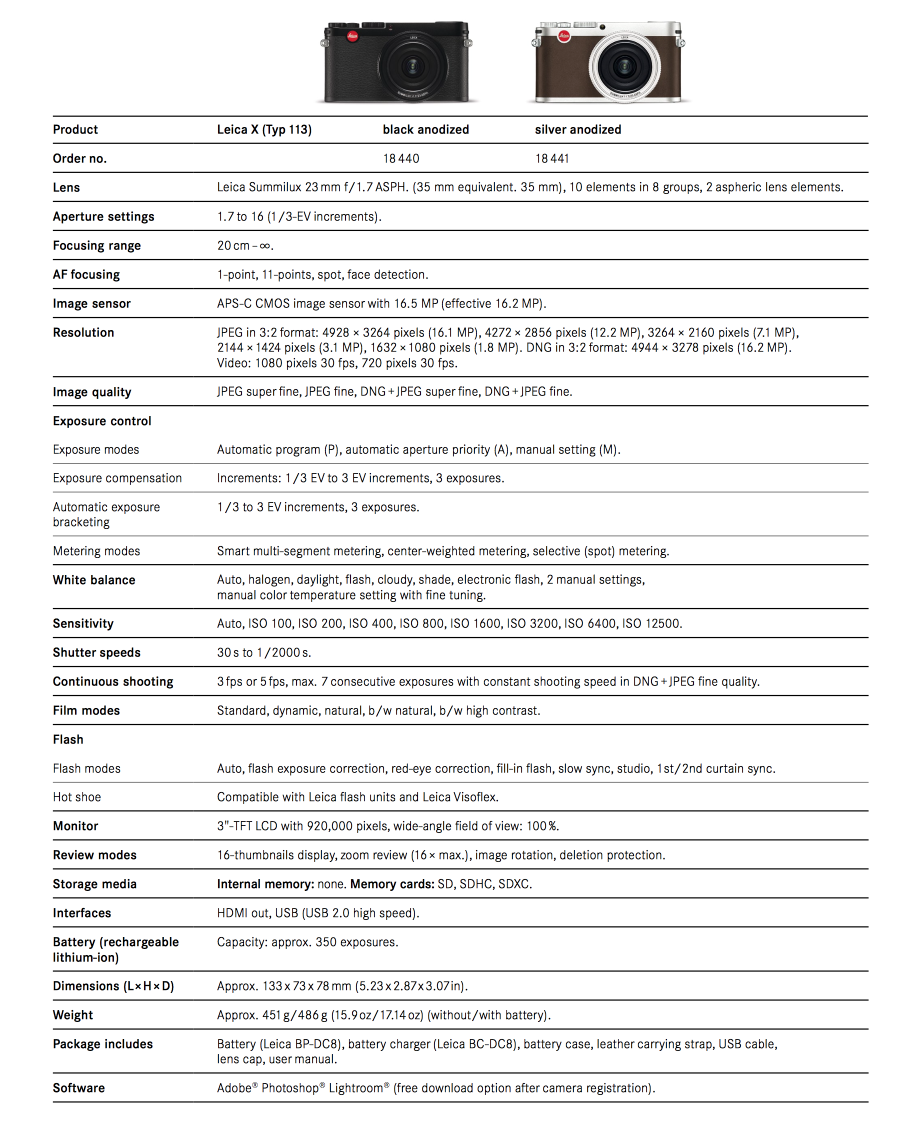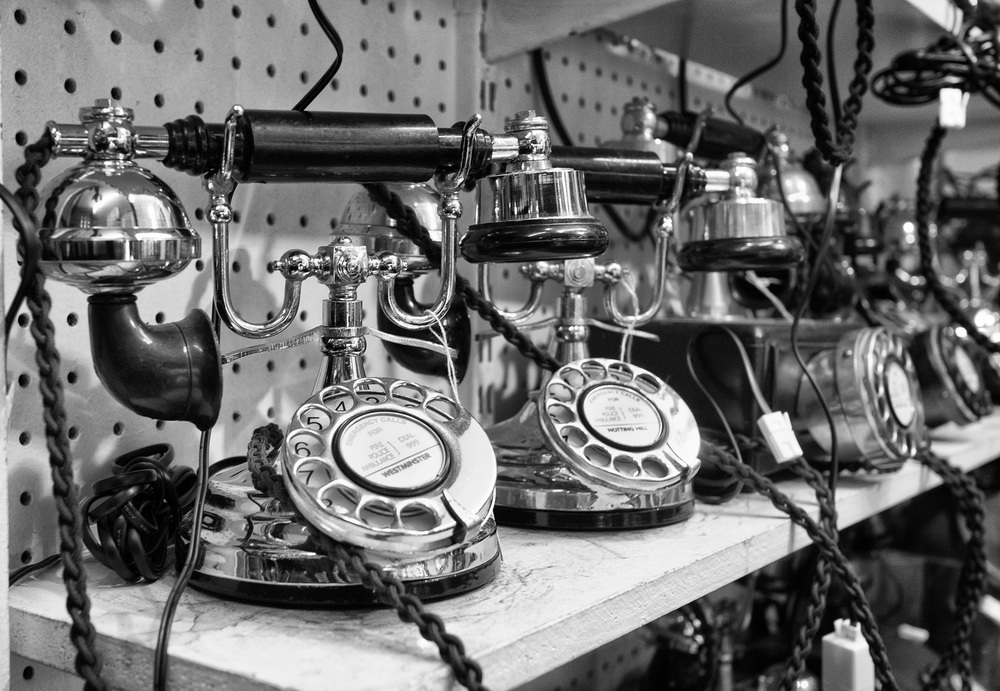
Over the last weekend I borrowed a Leica X from Leica Mayfair’s test fleet. My objective was to do a short review of this major revamp of the little X-series which started the fashion for large-sensor, wide-angle prime compacts. This genre of fixed-lens APS-C cameras has since become incredibly popular. Current darling of the streets, the Fuji X100T, traces its ancestry back to the Leica X1. But it is a more complex camera with all the state-of-the-art bells and whistles that certain photographers demand. This is not necessarily what the Leica M user desires.
Simplicity
The X follows Leica’s tradition of simplicity. In most ways, it is all the better for it. Here is a fixed-lens camera that looks every bit the mini-M with simple controls that are visible, directly adjustable, and deliciously tactile. If you adhere to the holy trinity style of photography—aperture, speed and ISO—this is the camera for you.

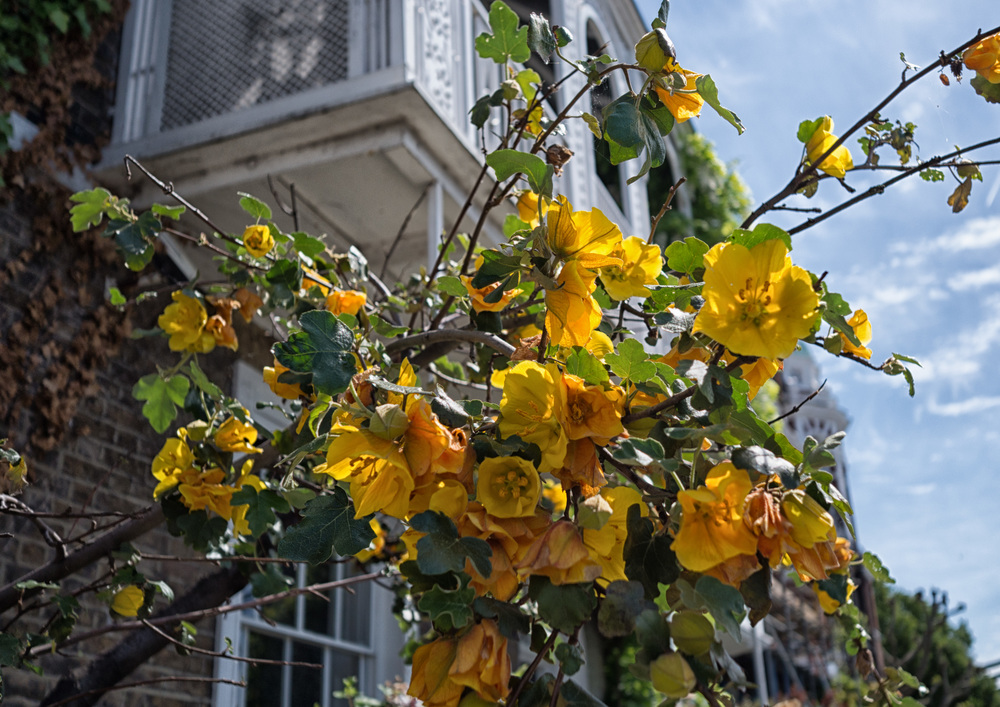
The family resemblance between the new X, introduced at Photokina 2014, and the previous year’s X Vario is plain for all to see. This is an X Vario without the zoom. If this were an interchangeable lens system, like the T, the one body would serve both the Vario’s zoom and the bright, f1/7 prime found on the X. Unfortunately it isn’t. As an aside, this more traditional body and control setup would suit the T mount and would appeal to many photographers who feel that the touch-screen T is a step too far for Leica.
Visoflex…
Since the X and X Vario share the same body and very similar controls, you can check out my X Vario test here. There is one major difference in the body, however: The newer camera accepts the superb Visoflex electronic viewfinder while the Vario, in common with the M240, makes do with the ageing Cinderella of a VF-2. Yet, the Visoflex, despite its prowess and operational excellence, is the uglier sister.

I was unable to try the Visoflex because Leica Mayfair didn’t have one in the bottom drawer of the test cabinet. So I made do primarily with composing on the screen (something I don’t usually enjoy) and mounting a Voigtländer 35mm optical viewfinder that I just happened to have in my bottom drawer. For more views on the Visoflex, see my test of the Leica T here.
…or an optical finder
The X, with its fixed focal length, fortunately works well with an optical viewfinder and I did not feel too shortchanged over the weekend. Particularly for street photography, when using zone focus techniques at f/8 or f/11, there are almost no disadvantages to an optical finder. On the other hand, there is one overriding advantage—a bright image in all conditions.
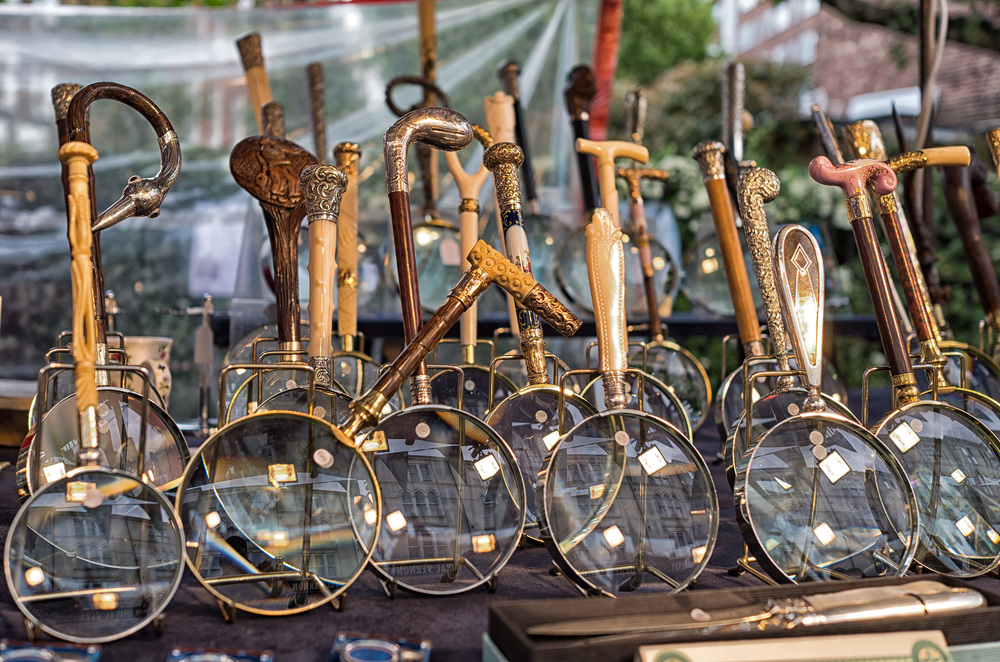
The original X1 has an incredibly useful helpmate for focusing when using an OVF. A green light, just below the hotshoe, flashes to signify autofocus locking on. This light is visible in the corner of the eye and helps prevent premature button-pressing until focus locks. It is a pity, therefore, that this visual aid is missing from both the X Vario and the new X.
A 16.2 MP sensor, pretty much par for the course in APS-C compacts, creates a crop-factor of 1.5 which means that the 23mm lens is equivalent to 35mm on a full-frame camera. ISO performance tops at 12,500.
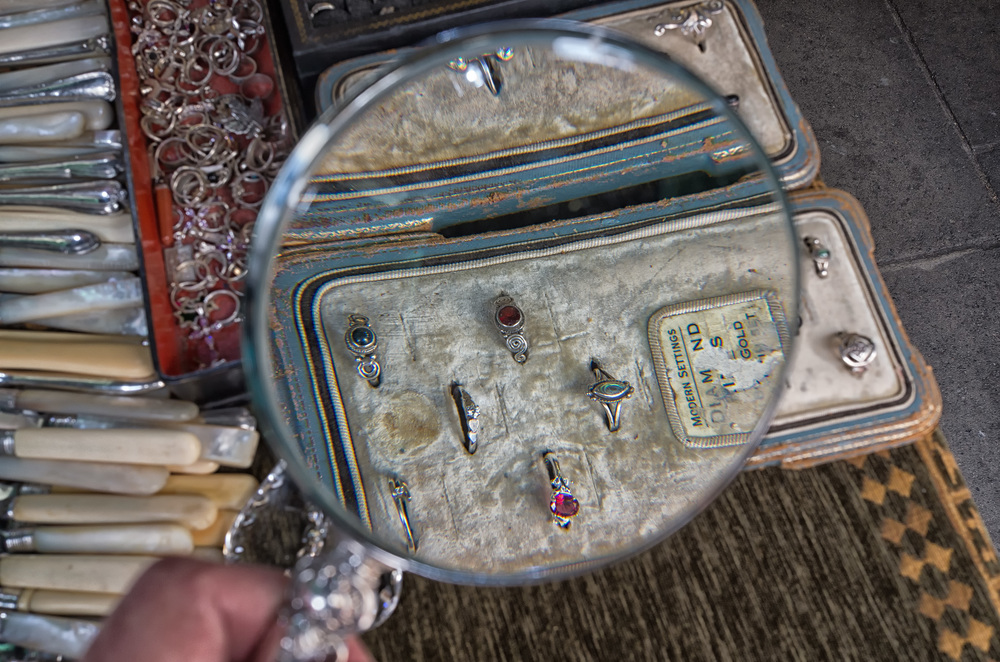
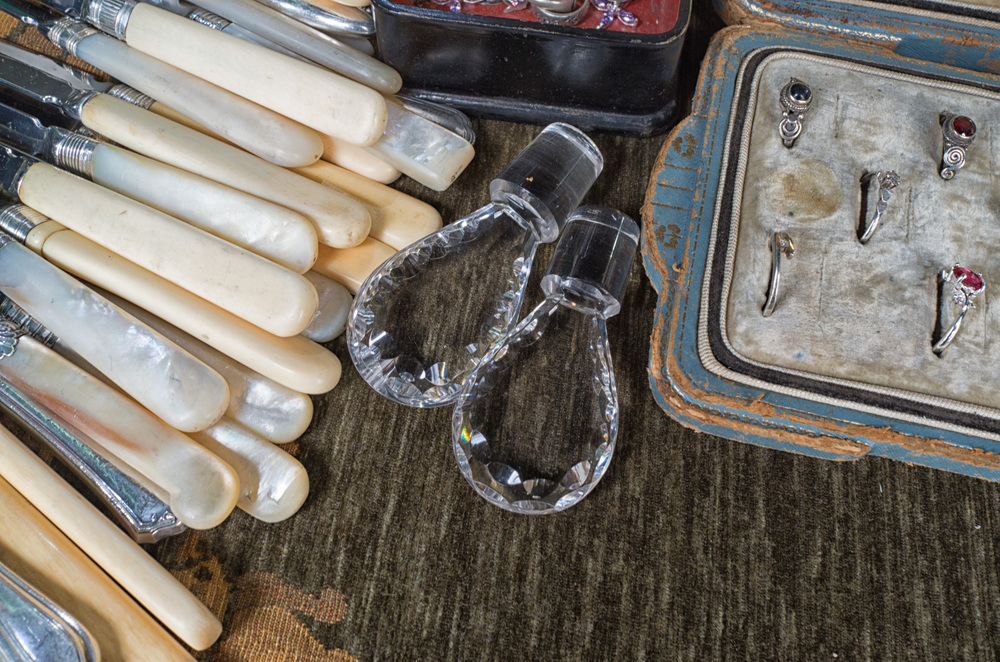
Mini M
When the X Vario was introduced in 2013, it was teased in advance as a “mini M”. This raised expectations well above the bar, and the result was a degree of disappointment when enthusiasts discovered it didn’t feature a full-frame sensor. Most criticism focused on the slow speed range of the lens rather than on the excellence of the results that could be obtained. A great pity, and the X Vario has found it difficult to shrug off this initial reaction, despite its overall competence.

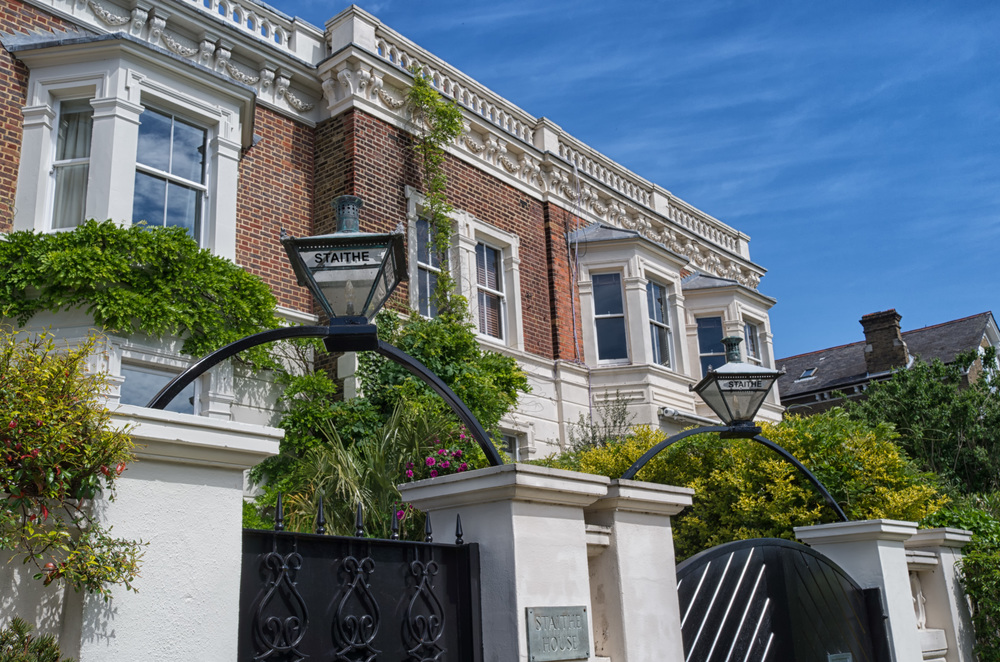
But in one respect, the “mini M” moniker was correct. Both the X Vario and the X do look like traditional Leicas and this is a great part of their overall appeal. I like the image, and I actually prefer the simplicity of operation to the more complex Fuji.
Traditional
As with the X Vario, the X has a traditional shutter-speed dial on the top plate and a second dial, for aperture, towards the edge of the camera where other manufacturers (and Leica on the D-Lux) mount the exposure compensation dial. The main two bits of the exposure trinity are therefore in full view without the need to switch on the camera and check the screen.
The focus ring on the lens, although electronic, nicely simulates the mechanical feel of a manual lens. Travel is limited, unlike on some electronic lenses, and the setting can be read easily by glancing down at the lens. As with the X Vario, moving the focus ring past a détente calls up manual mode.
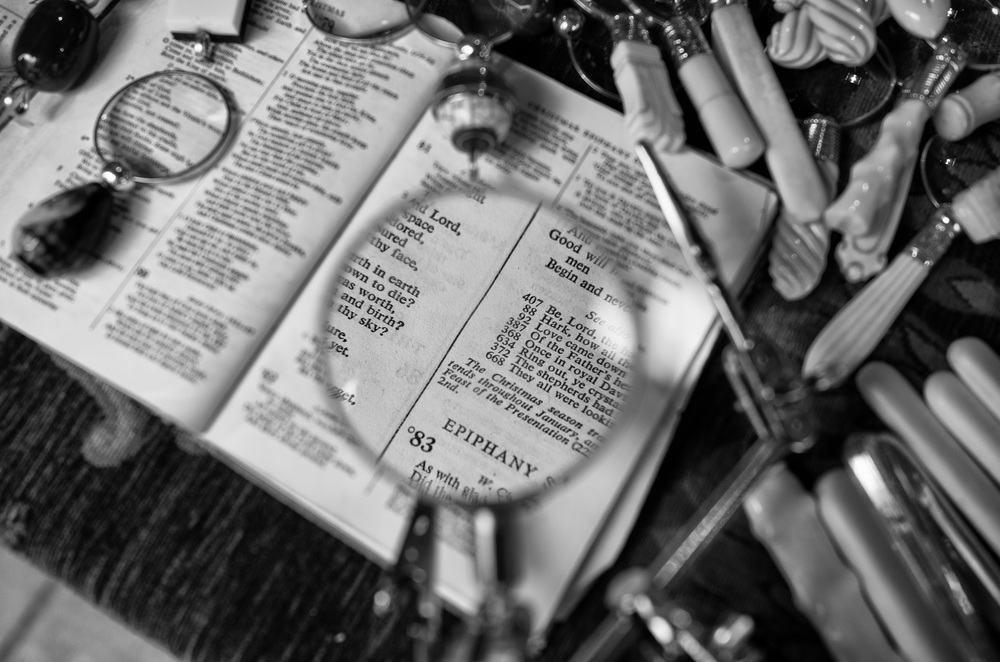
Setting the aperture ring to A (for automatic) enables shutter priority, allowing the desired shutter speed to be selected on the top dial. Choosing the A setting on the top dial as well as A on the lens puts the camera in full auto mode. Conversely, leaving the speed on A and moving the aperture ring past the détente enters aperture priority mode.
This is a model arrangement, which was introduced on the Digilux 2 over ten years ago and has since found its way to Panasonic-manufactured Leicas such as the current D-Lux. I thoroughly approve of such a logical and straightforward approach.

Other major controls on the back of the camera are very familiar to any X Vario or digital M owner. To the left of the screen are buttons for Play, Delete/Focus, White Balance, ISO, and Menu/Set. At the bottom right-hand side of the camera is a D-Pad with fixed buttons for timer, exposure compensation and flash. In the centre of the D-pad is the INFO button which selects monitor display, resetting the manual AF metering frame to the centre, and as confirmation of menu actions.
No selfie tricks
The 3in 920K dot screen is a night-and-day improvement over the inadequate device found on the X2 and X-E. It is bright enough for good composition in moderate to strong sunlight and I found myself using it more often than usual, possibly because I was denied the pleasure of the Visoflex. It is a fixed screen, however, with none of the tilt-and-twist-selfie tricks of some modern cameras. Traditionalist will be grateful for this small mercy.

The camera sports a neat, ovaloid pop-up flash to the left of the top plate. It is identical, as far as I can determine, to that of the X Vario. As always, though, I would forego a flash to find space for a built-in viewfinder, as Leica’s designers have done with the new D-Lux.
Finally, moulded into the small thumb grip (which is similar to that on current digital M cameras) is a soft adjustment wheel which can be used for manual focus, setting slow shutter speeds, scrolling through menus, setting exposure compensation or bracketing, and for zooming on playback.
Achilles, take a bow
All cameras have at least one Achilles’ heel. On the X it comes in the form of the movie button which sits on the top plate to the right of the shutter release. It lurks just under the index finger as it moves towards the shutter release button.


On several occasions during the first day, I thought the camera had locked after it became unresponsive when I brought it up to take a shot. The green “busy” button was flashing rapidly, and the shutter appeared to be locked. It reminded me of similar occasions when using the old M9.
I soon discovered that the problem was unwanted movie shooting. Last Saturday, at the Portobello Road market, I accumulated no fewer than 11 videos and was continually annoyed by finding the camera unavailable for a quick still shot. Apart from the frustration, this is not good for battery life.
Sadly, unlike on the M (where there is now a menu override), there is no way to disable this pesky red button. It is my only major criticism of the X, and it is something that Leica ought to be able to correct in a firmware update by adding a disabling option in the main menu.
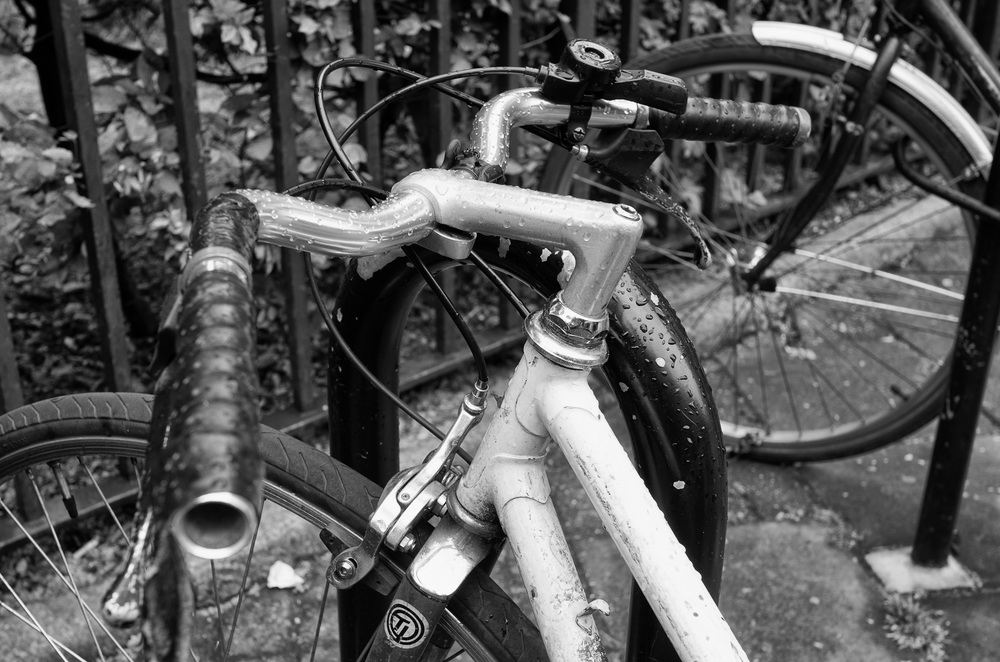
This niggle aside, the X is a joy to use. I like the chunky feel as the camera sits firmly in the hands, especially when used with a wrist strap which is my preference. Fully equipped, it tips the scales at around 485g. I could be tempted to a Thumbs Up grip (I imagine the version for the X Vario would suit) although this would mean giving up the chance to use an EVF. On balance, though, I would probably splash out for the handgrip if I had an X in my stable.
The controls are all easy to handle and the odd location of the aperture dial, on the top plate, is no disadvantage, as I found over several months with the X Vario.
Above all, this camera exudes quality. The central section of the body is made from magnesium alloy and the top and bottom plates are machined from anodised aluminium. It really does look and feel like a mini M. It is simple, understated and everything that a Leica should be. Unusually, it is available in a rather attractive beige and silver in addition to the more traditional black. Most people I have spoken to prefer the new colour scheme, although my test camera came in black.
Luxicron
The f/1.7 23mm (35mm-equivalent) Summilux prime lens is a beauty, with ten elements in eight groups, two of them aspheric. As expected, after sampling the similar lens in T-mount, I had high hopes of the X and I was not disappointed. It is as capable as the great lens of the X Vario which, despite its relative slowness, is an absolute gem. Image quality is outstanding and certainly bears comparison with a 35mm Summicron-M. The unusual f/1.7 maximum aperture, almost certainly adopted to keep down the physical size of the lens, is a sort of Luxicron rather than a pure Summilux, but the half-stop difference is a fair trade-off if it makes the camera smaller.
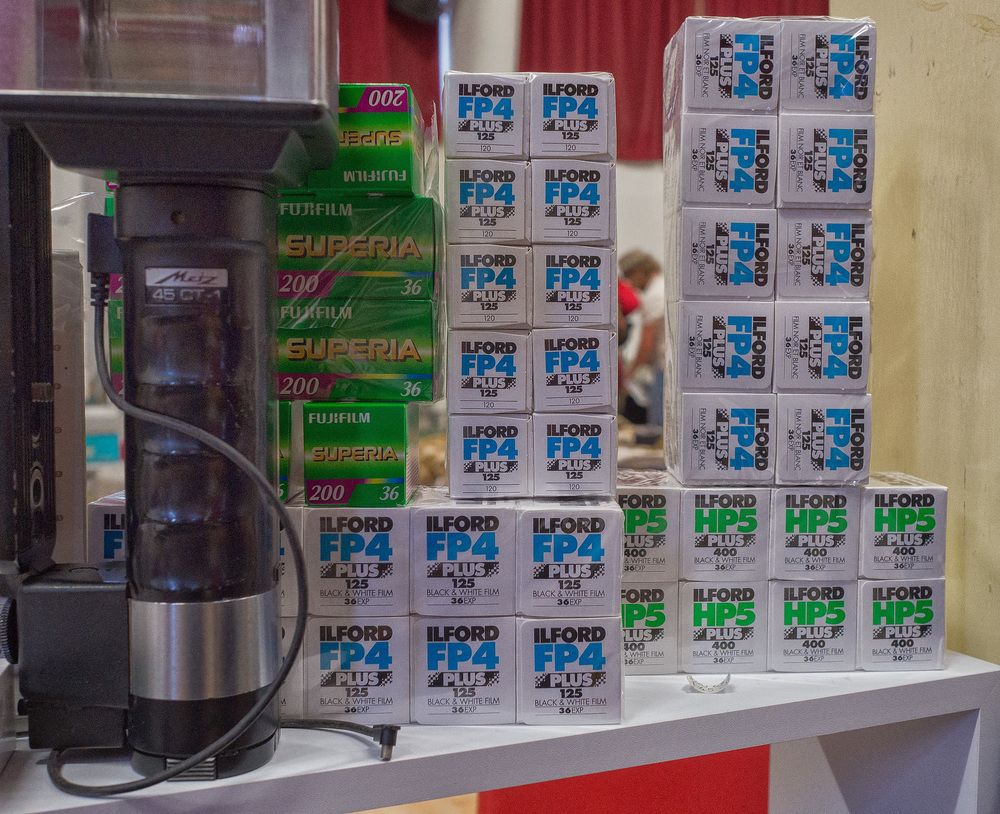
While this lens is fast, the widest apertures are difficult to employ successful in very bright conditions. There is no built-in ND filter, nor an electronic extension to the 1/2000s mechanical shutter. As a result, the only option is to use a screw-in ND filter if you want extreme depth of field in sunny conditions. The lens takes a 43mm filter, just like the X Vario and the D-Lux.
A depth-of-field scale is missing from the lens and I cannot think why Leica didn’t see fit to include one. The lack of a scale is understandable on the X Vario’s zoom optic, but a prime is not really complete without a means of instantly reading the depth of field. Worse, there is no on-screen scale so you have to guess, consult tables or peek at a nearby 35mm ‘Cron or ‘Lux to confirm your gut feeling.
The focus scale on the lens is compact, with barely a few millimetres between 2m and infinity, so zone-focus setting is always going to be something of a guesstimate. I found that at a 2m setting and using f/11 most street shots were in acceptable focus. When used in conjunction with an optical viewfinder, zone focus on the X works extremely well and turns this camera into a great street shooter.
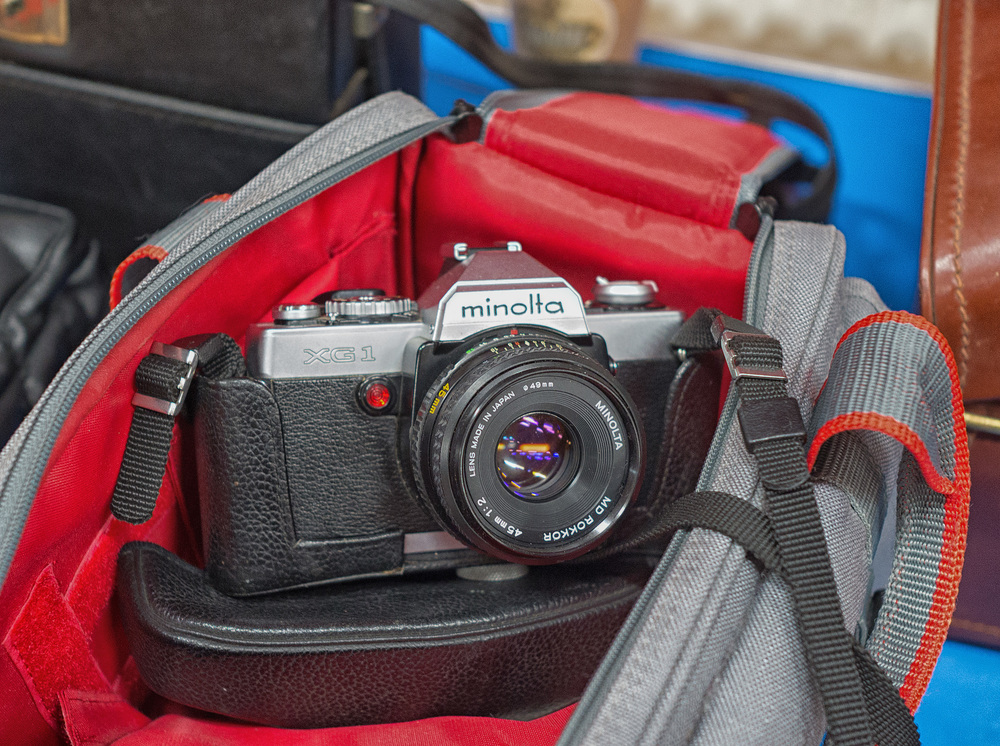
Forced stop-down
One unusual aspect of this lens is that you cannot use the widest f/1.7 aperture for close-up subjects. Even if you set the aperture to f/1.7 the camera will automatically stop down to f/2.8 if you get closer 1.2m to the subject. Who better to explain this curious right of passage than Frau Nanny at Leica HQ:
There is an immense world of beauty out there that is not always apparent to the eye until examined close up with the appropriate equipment. This is where the precision of the Leica X comes in. The Leica X allows you get up as close as 20cm to your subject and produces images with razor-sharp details, smooth colour gradations and the beautiful bokeh Leica lenses are famous for. In order to achieve the best possible results, it automatically stops down gradually from f/1.7 at 1.2m to f/2.8 at 20cm. We make sure you get the very best pictures.
Frau Nanny speaks verily with a smooth tongue. The deviousness is most apparent when attempting close-focus portraits and it is rather unnerving to see the on-screen focal length dancing around in contradiction to the fixed 1.7 on the scale. I added an example photograph earlier in this review, the one with the coconut cocktail.

Travel companion
The X proved to be a good companion and I was happier using it for street photography than, say, the Fuji X100T. It looks the part, pretty unobtrusive, and offers good, sound competence in a gorgeous package. Although I had only a short time with the camera I found battery life was average, around 300 shots compared with the 350 claimed. This seems to be fairly standard these days, with both the X-T1 and Sony A7 doing equally badly. My benchmark for battery life is the Leica M where I can sometimes squeeze 1,000 shots out of a charge provided the live-view is switched off.
As a second camera for the M owner, or as a complement to an X Vario, the X makes a lot of sense, especially when you consider that you can buy the camera and lens for less than the cost of a 23mm Summilux-T. The camera feels and behaves like a true Leica and would make a great travel companion.
The Leica X (Typ 113) has a recommended retail price of £1,550 and the Visoflex, which I regard as essential, adds a further £400. As with all Leicas sold through authorised channels in the UK, you get Leica Passport (a year’s accidental damage warranty) and the ability to download a free copy of Lightroom in addition to the standard warranty.
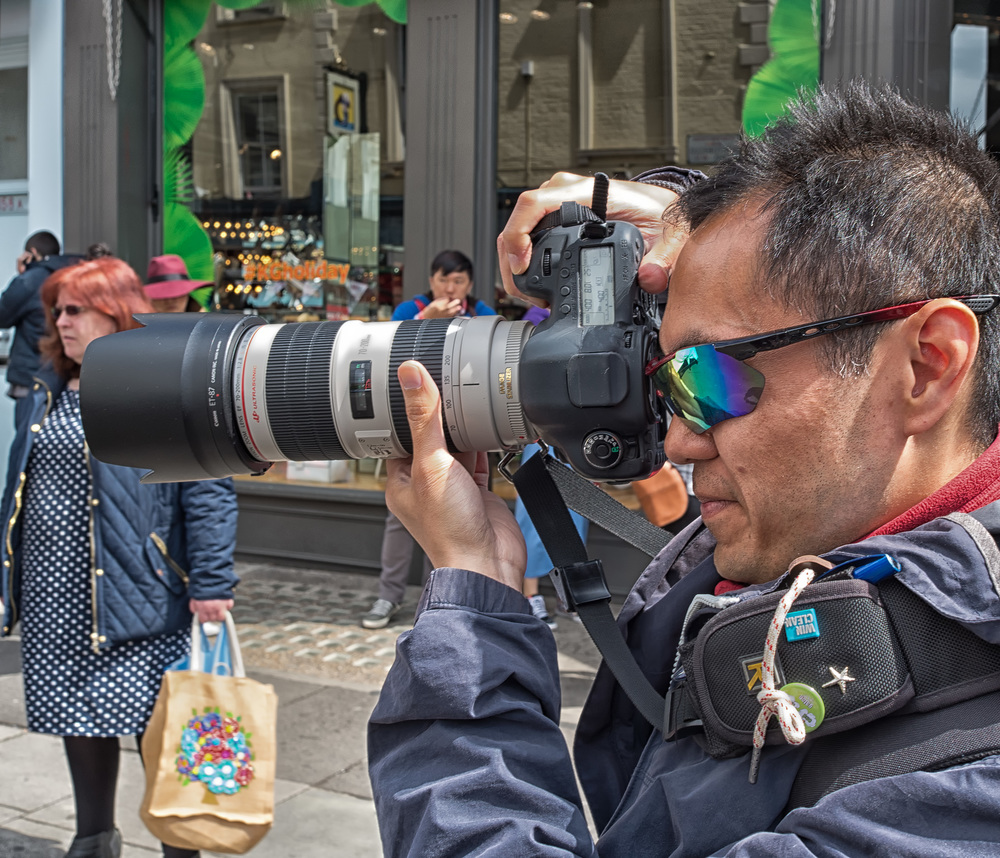
Technical specification
